Balaton Diary: A Letter to My Children
A week ago today, I attended the Balaton meeting in Hungary. For four days, I was immersed in heated discussions with scientists, modelers and researchers from around the world about the current and future state of our planet. Now back home, I wrestle with other challenges: how to get one kid to soccer, another to the orthodontist, while sitting still long enough to sew a stuffed bear with the third.
To weave these two worlds together, and to make sense of the sometimes heady Balaton presentations, I decided to write home to my children about the days’ events. I share with you here, one of those letters. It is an honor to attend the Balaton meetings and to share these reflections with you. Happy Reading.
Momma’s in Hungary, Again!
Dear Jack, Teddy and Anna,
As I write to you, I’m looking out on the still, blue-grey waters of Lake Balaton.
This is the largest freshwater lake in Europe and it’s stocked with fish — grass carp, silver carp, marble carp, catfish, pike perch, and lots of different whitefishes. Once in a while, you might even see an eel. So Jack, you need your fishing rod!
I want to tell you about the meetings we’ve had here. You might wonder: what could 50 people from 23 countries, ranging in age from 22 to 82, all have in common? And what could they possibly talk about for five days in a row!?
It’s actually simple. 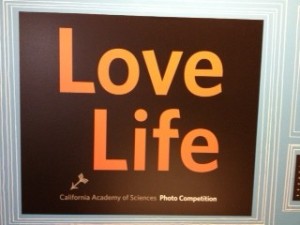 We all really, really love life, and in particular, life on this planet.
We all really, really love life, and in particular, life on this planet.
In our own ways, each of the scientists, teachers, consultants, writers, modelers (I’ll explain that later), and students who come to the Balaton meeting, are passionate about helping the world see:
1. itself as a living, interconnected system.
2. the need to take a long-term view, and
3. the power of focusing on positive change.
Each morning, three or four Balaton members give presentations to the group. Then in the afternoon, we break out for “free” time, which might mean smaller presentations or meetings with different members, a walk along the lake, or even a volleyball game (these Balatoners are competitive!).
Growth on a Finite Planet?
Dennis Meadows spoke on the first morning about the environment and the economy. Funny how you often don’t hear those two words in the same sentence. (Dennis founded the Balaton Group with Dana Meadows more than 30 years ago. If you’re curious, you can learn more about Balaton’s history). Dennis opened with this question: can we satisfy our growing needs – our need for goods and services — on a planet with limited resources?
It’s a good question. If you look at three of his powerpoint slides (see below), you can see the point Dennis is making: consumption, population and our ecological footprint (our demands on nature) are all increasing. Yet our planet’s resources, such as oil, are limited.
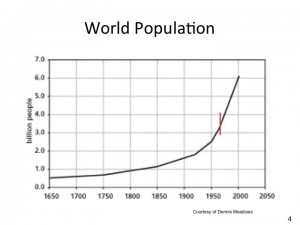
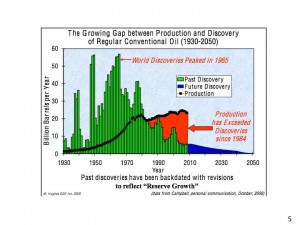 In his talk, Dennis reminded us that we live on a planet that is controlled by balancing feedback loops. We’ve talked about these loops before. Remember that conversation about predator-and-prey relationships? Wolves and elk, or hawks and mice? It’s the relationship that control the size of both animal populations, keeping both in check so one population doesn’t become too small or too large.
In his talk, Dennis reminded us that we live on a planet that is controlled by balancing feedback loops. We’ve talked about these loops before. Remember that conversation about predator-and-prey relationships? Wolves and elk, or hawks and mice? It’s the relationship that control the size of both animal populations, keeping both in check so one population doesn’t become too small or too large.
These controls (or balancing feedback loops) are everywhere in nature. If a palm tree grows beyond its normal height, it will simply topple over, ending the growth of the tree. When these controls no longer function in the life of cells, for instance, the result is cancer, an endless multiplying of cells.
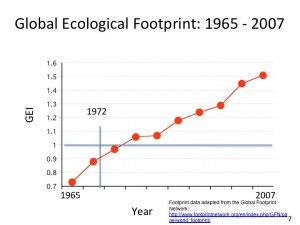 If you think about it, where are the balancing feedback loops in your life? You play hard in a soccer game and then you rest and you’re ready for the next game. That would be a good example. What if you didn’t rest though? Eventually, you’d be so low in energy you wouldn’t be able to play.
If you think about it, where are the balancing feedback loops in your life? You play hard in a soccer game and then you rest and you’re ready for the next game. That would be a good example. What if you didn’t rest though? Eventually, you’d be so low in energy you wouldn’t be able to play.
That’s what Dennis is saying is happening to our planet. But of course the consequences of the planet not being able to bounce much are much worse.
So, how can we live and grow, within the means of nature, what some scientist have begun to call planetary boundaries?
That’s the BIG question. And we should keep talking about this. They’re starting to round up some Balatoner’s for a volleyball game near the lake so I’d better wrap up for now. Here’s a quick summary of what makes me hopeful that we’ll be able to find a way to answer Dennis’ opening question:
Modeling: Bert DeVries and Harald Sverdrup are working to create WORLD models, computer models of the earth as one system. According to Harald, these models can help us to “recognize that we have limited resources. When we do that, we can then work toward managing our common resources so there will be enough for all.” The biggest ah-ha for me from these models? We need to pay attention to phosphorous. Without it, the whole link of food–> to people –> work –> wealth breaks down.
Get the Whole Community Involved: Vala Ragnarsdottir is doing some exciting and important work with whole communities to model and better understand their food systems. And Beth Sawin inspired us all as she shared her experience using a computer simulation (C-Roads) to support country leaders and other decision makers as they make decision related to greenhouse gas emissions. Beth reminded us two key leverage points in addressing climate change: population and consumption.
Dare to think change is possible: I was thrilled to hear Colleen Kohlsaat talk about the ways Levi Strauss is cleaning up production of its t-shirts and jeans using life cycle assessment and other sustainability practices.
And then there was Phonchan (Newey) Kraiwatnutsorn, who showed us how Ashoka fuels the flame of passion for positive transformation among young changemakers. And so much more!
In many ways, these talks were filled with what Dana Meadows called “unpleasant truths.” The reality of not living within the means of our planet are quite serious. Yet, when I think about the three of you, I feel hopeful.
Here is what I wish for you, and for all the young people on this planet:
• Learn the fact about our finite planet.
• Get comfortable discussing uncomfortable ideas.
* Stay curious about this question: How can we live and grow, within our planetary boundaries?
We can talk about this more over dinner, when I get home.
Love you,
Momma
PS: Did you feed the chickens today?
————————–
My thanks to Dennis Meadows who graciously granted me permission to incorporate slides from his 2012 Balaton address — Reflections about Resource-Capital-Finance Interactions — into this blog post.





![photo[2]](http://lindaboothsweeney.net/blog/wp-content/uploads/2012/10/photo2-e1349374339177-225x300.jpg)
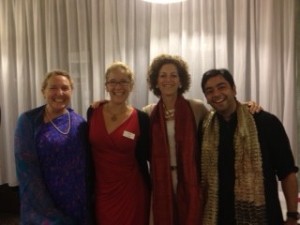
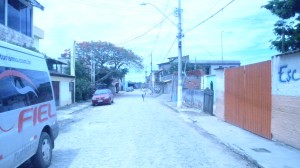
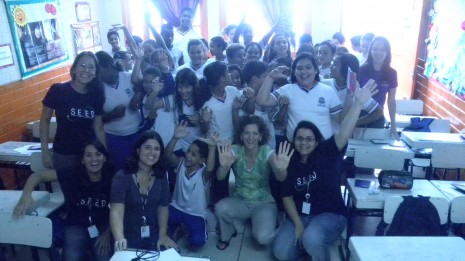
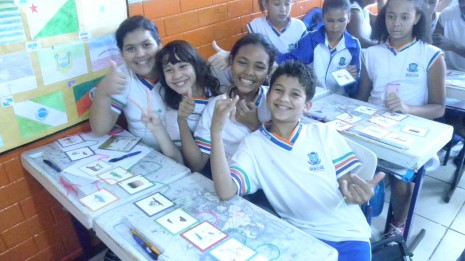
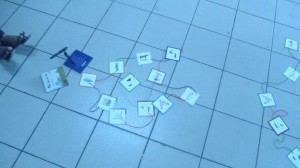
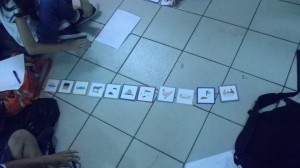

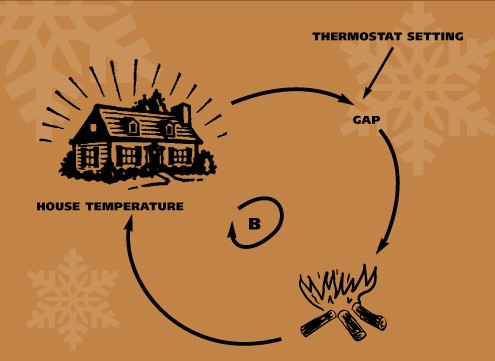
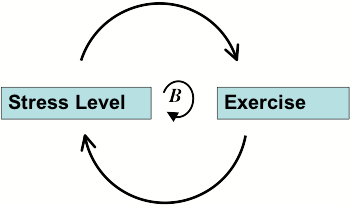 Now my question is: Where are the built-in adjustments that help me and my family to maintain equilibrium? Where are the cycles of renewal in my own life?
Now my question is: Where are the built-in adjustments that help me and my family to maintain equilibrium? Where are the cycles of renewal in my own life?